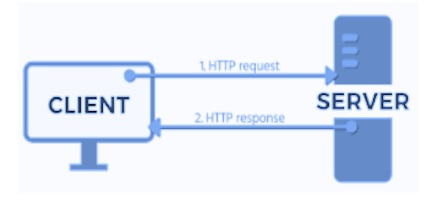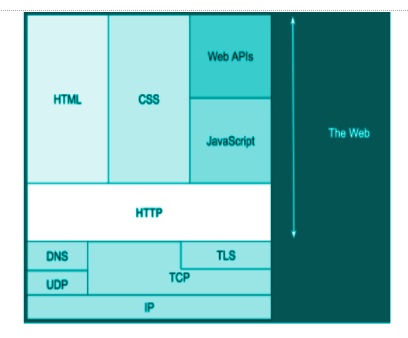HTTP is the HyperText Transfer Protocol. It transfers the HyperText that is HTML files and other files, that complete a web page, from the server to your browser. HTTP is considered as the standard and base for the web. In order to access the information from a particular website, the browser needs HTTP information. An HTTP request is sent to the server by the browser to visit the site after which you get the search result. You first get the HTTP header and then the entire page.
HTTP is the basis of any data exchange on the Web, wherein messages or requests are sent by the client, usually, the web browser and the server gives an answer in the form of search results or responses.

To present the result for a search query, the browser sends the initial request to get the HTML document that presents the page. It is followed by additional requests, in correspondence to the execution scripts, CSS layout information to display, and other sub-resources present within the page (mainly the videos and images). The resulting Web page is a mixture of these resources presented by the Web browser to complete the document.

What is the HTTP header for SEO?
HTTP header contains the meta-information about a page that we want to request to the server. In the HTTP header, we find information about the location of the server, MIME type, about the body of the source. Last modified date of the page and content length. Visitors will not see the HTTP header of your page. We use the browser’s inspector to view the header of a site. You can use the Quix tool to view the HTTP header of your site.
HTTP headers pass additional information between the client and the server along with the HTTP request or response. An HTTP header includes its name that is case-insensitive followed by a colon (:) and then by its value.
Different types of headers based on their contexts:
- General headers are applicable to both requests and responses but do not have any relation with the data included in the body.
- Response headers include additional information about the response, like the server providing it or its location
- Entity headers hold information related to the body of the resources, including the contact length or MIME (Multipurpose Internet Mail Extensions) type. MIME-type is a standard that indicates the nature and format of a file or document.
There are different header status codes that give more information about the page. These status codes are very significant for SEO reasons. We will discuss in brief in other sections of this book.
SEO Content That Provides Value & Insight
Content provides value and unique insights It is very helpful to provide unique and valuable content to your audience. Unique content is straightforward enough, but what this unique content actually means? What is required to make this unique content? Let's discuss...
What are WordPress tags for SEO?
WordPress tags and categories play a vital role in organizing your site’s posts properly. They can help you to increase the web traffic, boost your page views, and offer a great experience to your potential customers. With the proper use of tags and categories, you...
HTML Errors/ W3C Validations
Lots of HTML errors or sloppy coding may be a sign of a poor quality site. While controversial, many in SEO think that a well-coded page is used as a quality signal. 6 reasons why Google advice to validate your html Valid HTML and crawl rate: In Google search console...




